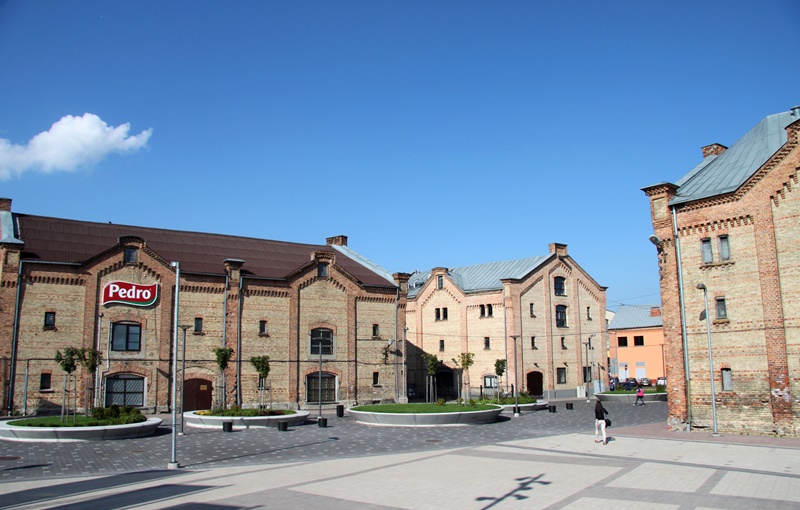Once they were warehouses. Now they’re a riverside hub for the contemporary arts. Welcome to Spikeri, hailed by many as a model of urban regeneration.
Riga has changed virtually beyond recognition since Latvia regained independence in 1991. Following a brief lull during the recent financial crisis, the cranes, builders, architects and interior designers are back in action, motivated by local and European Union funds. Redevelopment is renewing once-derelict parts of the city, giving them new lives.
One of the most striking examples of this urban regeneration is Spikeri, which over the last five years has been turned into a self-proclaimed “creative quarter” with contemporary art centre, a concert hall, , restaurants, cafés, and smart caffeine-driven offices.
It’s a complete turnaround. Before the money started pouring in to do it up, it was a no-go area for residents and tourists alike, home to the homeless, its structures piled high with decades of trash, and a dangerous venue for a “night market” extension of nearby Riga Central Market.
By Howard Jarvis







